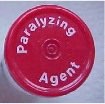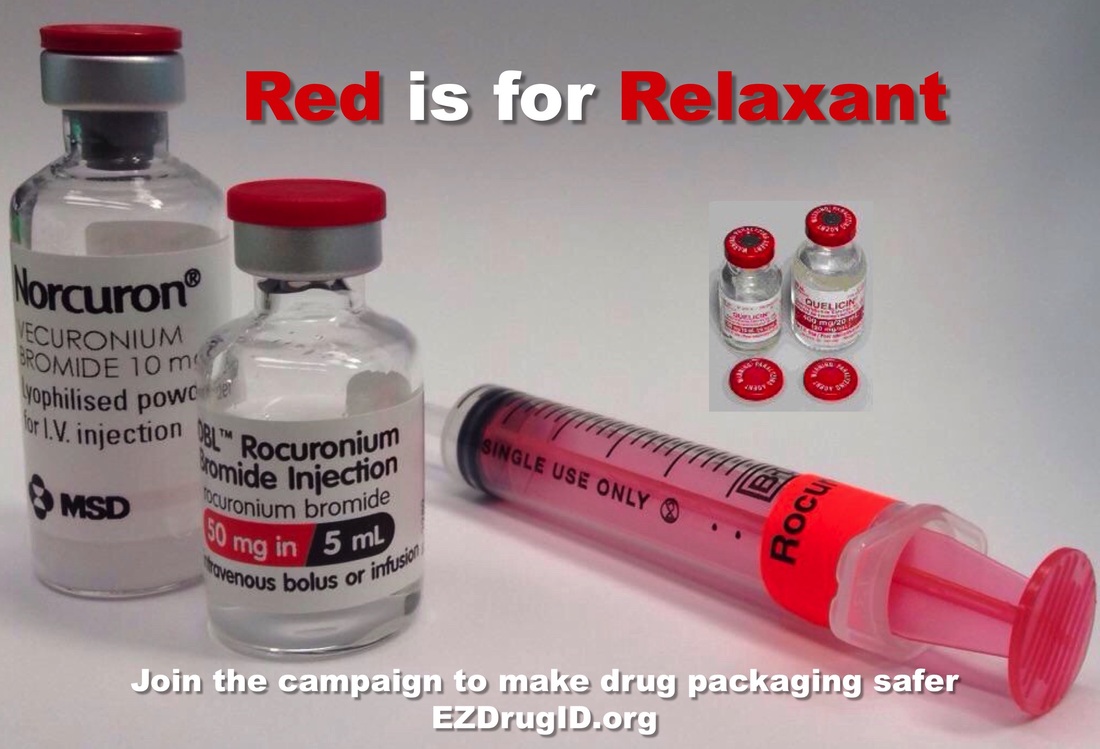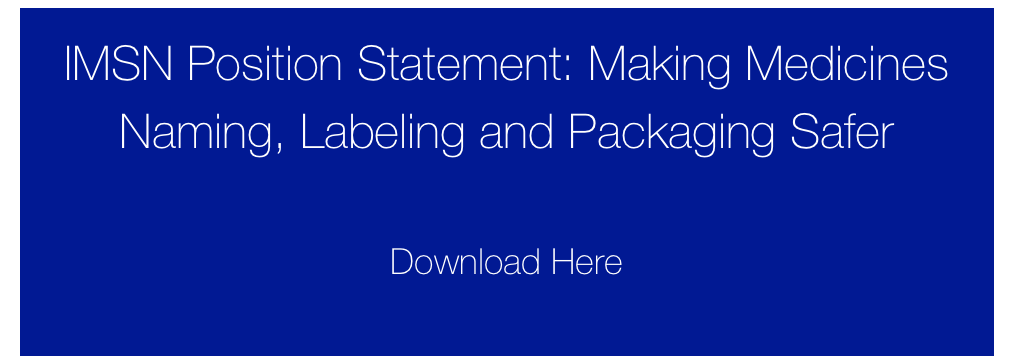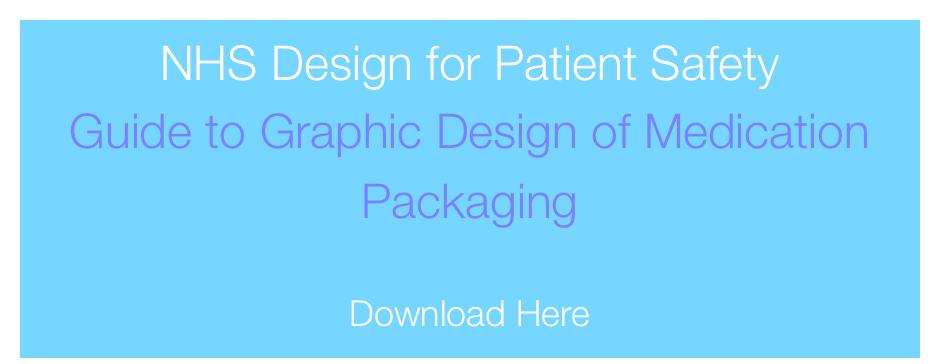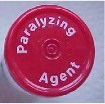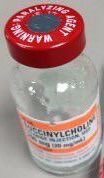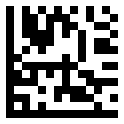Strategies for minimising medication error
Below are a examples of some of the strategies proposed to address the issue of look-alike drugs and other factors in medication labelling which contribute to administration errors. Whilst much work has gone into producing these recommendations, at this stage none have progressed to being mandatory requirements to which pharmaceutical manufacturers must adhere.
|
The recommendations include colour coding the packaging for this class of medication red and including additional labelling. The red colour is consistent with the existing coding system already used by clinicians for adhesive labels & syringes when drawing up injectable medications. The aim of these changes is to improve the distinctiveness of this “high risk” group of drugs so as to minimise the risk of accidental administration of muscle relaxants, with the potential for “awake paralysis” (being conscious but unable to move, speak or breath) which can be both traumatic & dangerous for patients.
|
The Time for Change proposal, prepared by the Western Health Pharmacy Department (Victoria, Australia) in consultation with their Anaesthetic Department, outlines possible changes to the packaging of muscle relaxants. |
|
This joint report by the Australian Therapeutic Goods Administration (TGA) and the Australian Commission on Safety & Quality in Healthcare (ACSQH) from 2011 outlines a number of useful recommendations for safer naming, labelling & packaging of medications. No reference is made regarding the use of colour coding of medication classes to help improve distinctiveness.
Recommendations pertaining to developing standards for labelling and packaging that improve distinctiveness of medications are identified in the 2011 report as being the responsibility of the TGA and the industry. |
The 2014 statement by the TGA on general requirements for labels and medicines makes a number of useful recommendations regarding the content & layout of medication labels but does not adequately address the issue preventing look-alike drugs coming onto the market. In 2015 mandatory requirements to prevent look-alike medications are still not in force in Australia.
|
This position statement by the International Medication Safety Network makes recommendations about the content and layout of medication labels to make them clearer for both patients and clinicians to read.
Reference is also made to the use of colour to highlight important difference between products rather than used consistently between different medications to enhance corporate branding. |
These documents produced by the National Health Service (NHS) in the UK make further human factors based recommendations for the labelling & packaging of medications in order to reduce administration error.
|
This joint statement by the Australian & New Zealand College of Anaesthetists and the Australian Commission on Safety & Quality in Healthcare focuses on the role of user (rather than manufacturer) applied perioperative labels for injectable fluids & medications. It includes reference to the standard colour coding system used for labels applied to syringes by clinicians in anaesthetic practice. This colour coding system could readily be applied to drug packaging, as outlined for muscle relaxants in Western Health’s “Time for Change” proposal. This type of colour coding of manufacturer labels and packaging could potentially be extended to other classes of drugs.
|
Other Potential Strategies
|
Additional labelling of packaging components in “high risk” drugs
|
Barcoding & scanning of medications
|


